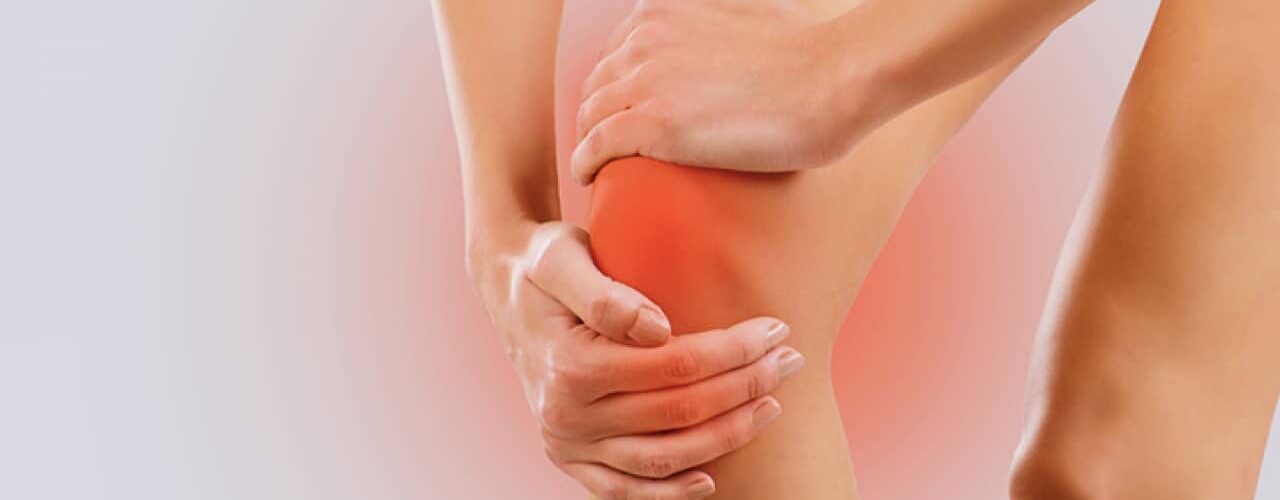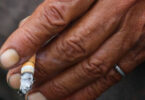Bursitis usually occurs in joints that make frequent, repetitive movements. Unlike other types of traumatic injuries.
In bursitis, compression or pressure should not be applied to the affected joint. It is considered that more than 80% of the cases of septic bursitis are caused by Staphylococcus aureus and the rest by Streptococcus spp, gram-negative bacilli, mycobacteria and fungi and the isolation of anaerobic microorganisms is very rare. It is transmitted by direct contact with infected birds or contaminated fomites.
Bursitis is a painful disorder that affects the small fluid-filled sacs (bursae) that provide cushioning to the bones, tendons, and muscles around joints.
GUYS:
There are two types of bursitis: acute bursitis and chronic bursitis. It is also classified according to its location: shoulder bursitis, hip bursitis, knee bursitis, elbow bursitis, and wrist bursitis.
CAUSES:
Bursitis occurs when these bags become inflamed. It can usually be caused by overload, such as overtraining or being overweight. Other causes include trauma, rheumatoid arthritis, gout, or infections.
SYMPTOMS:
The main symptoms of bursitis include pain and swelling. The pain usually extends to the outside of the thigh area. In the early stages, the pain is usually described as throbbing and intense.
- Pain in the area of the joint when pressing on it or when moving it.
- stiffness and inability to perform certain movements.
- inflammation.
- feeling of heat.
- redness of the skin.
- Increased amount of fluid contained in the bursa.
TREATMENTS:
You can take ibuprofen or naproxen sodium to relieve pain and reduce inflammation.
IT IS RECOMMENDED:
- Application of ice on the affected joint three or four times daily for the first few days.
- Compression of the joint.
- Do not lie down putting the weight on the affected joint.
- Take anti-inflammatories.
- Walking is the best option.
- Do hip stretching and heel glide exercises.
- Bursitis usually gets better on its own. Some conservative measures can ease the discomfort. If the recommendations don’t work, you may need medical attention and medication.
WHAT YOU SHOULD NOT DO:
- Avoid overexertion and if possible the use of the joint.
- Avoid jumping exercises, as well as not riding a bicycle, care must be taken when performing functional exercises such as squats and machine exercises that involve a lot of weight on the hips can be counterproductive.
- Running and jumping can make hip pain worse, because the pressure will inflame the joints.
The time frame to recover from bursitis ranges from 2 to 8 weeks.
https://www.mayoclinic.org/es-es/diseases-conditions/bursitis/symptoms-causes/syc-20353242







